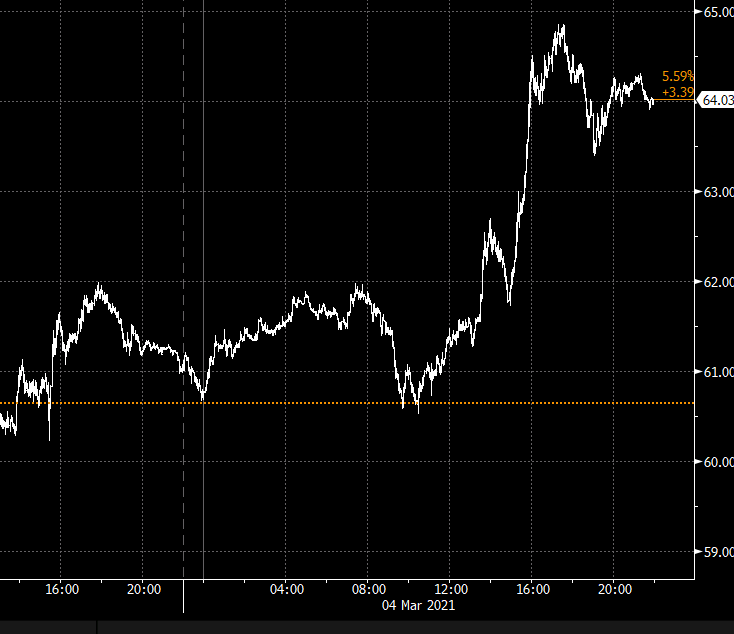When I impulsively take the first type of countertrend trades (i.e. missed a good trend), here’s what is going through my mind:
- Woah, the move has already gone quite a distance.
- Sigh, I should’ve taken that entry earlier. I shouldn’t have followed my trading plan so strictly.
- Should I get in now? No, I cannot get in any more, I cannot chase the market, it’s too risky, I have no logical stop nearby, you don’t know when it might reverse down quickly.
- I have already missed the move. I need to wait to enter in the opposite direction when the trend ends.
- The trend has gone too far, it must turn soon
- Look! There’s a bit of resistance, the trend is about to turn, go short! (for an uptrend)
And the countertrend trade is made! Below are what I think are the psychological process at work:
- Observation
- Regret
- Trading is always full of regrets. You always think you can do better.
- Indecision, uncertainty, anxiety
- Fear of losing out starts to take hold.
- When you don’t have a well-defined trading plan that caters for all scenarios, or if you don’t believe in your trading plan, you will face indecision and anxiety.
- Resignation
- I accepting that I can no longer enter in the direction of the trend.
- Synthesized happiness (sour grapes)
- By cutting off that possibility (or imposing a self-restriction on my flexibility), my psychological immune system gets triggered to synthesize happiness.
- My non-conscious processes immediately ‘downgraded’ the idea of trend continuation (if I can’t get on, the trend must be bad), and boosted the idea that the trend will end.
- “Makes sense” stopping rule, rose-tinted glasses (read this for more details)
- My logical mind starts to look for evidence to support my subconscious mind’s assessment.
- Once the logical mind sees any supporting evidence, e.g. momentum waning, some resistance, it will stop thinking and conclude that my subconscious mind’s assessment is right. Hence a countertrend trade is taken.




